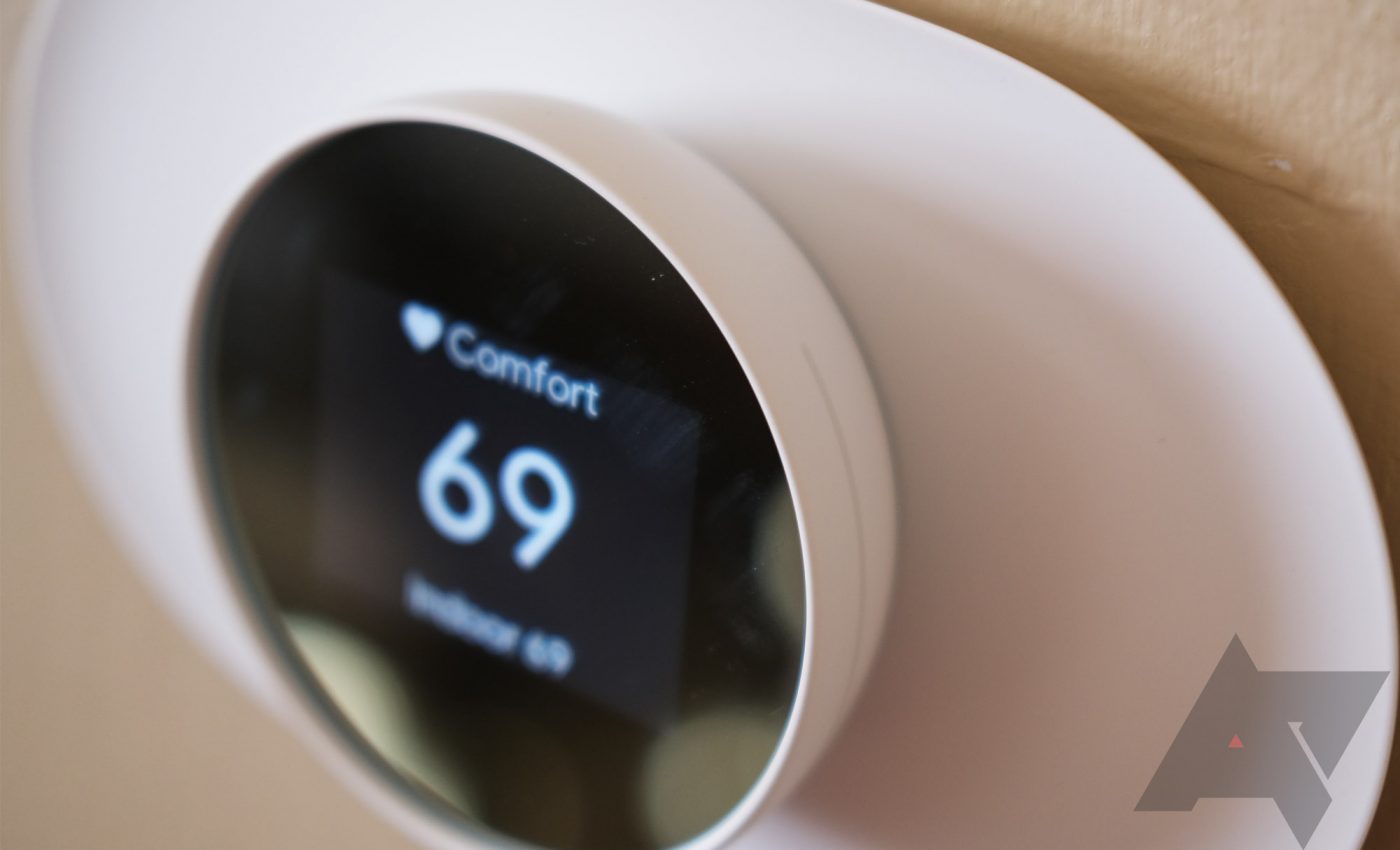Most homes do not have the same temperature in all the rooms. The rooms vary based on windows, how much sun they get, the size, and many other factors. You may not spend much time in the room itself. The Google Nest temperature sensor allows the user to choose where the thermostat measures the temperature to keep the home fairly comfortable.
Why do you need an extra temperature sensor?
The Nest thermostats come with built-in algorithms and advanced temperature sensors. They are designed to keep you comfortable. There is a possibility that the thermostat may be located in the closet or in a drafty hallway. If you live in a duplex or multi-storey apartment or home and care about your comfort, you will need the temperature sensor. If you have a family member who is in senior years or a baby, a temperature sensor can be very useful in monitoring the temperature of the room and keeping the room always comfortable for them.
In case your thermostat is not installed in a good spot, you can choose to add a second separate temperature sensor. This second temperature sensor can be installed in a better location and will use the temperature sensor to let the heating and cooling system know what they have to do.
Is the Nest temperature sensor needed to use the Nest thermostat?
No, there is no requirement for you to buy a Nest temperature sensor to operate the Nest thermostat. The thermostat is responsible for keeping you comfortable. It can operate alone without the need for the Nest temperature sensor. However, if the thermostat is located in a location that is out of the way or if you plan to spend time in a room where the thermostat is not located, you will need a temperature sensor to help keep you comfortable.
Can the Nest temperature sensor be used without a Nest thermostat?
Unfortunately, the Nest temperature sensor only works with the Nest thermostat. The temperature measured by the sensor is reported to the thermostat located in the same home by are the use of Bluetooth.
Which of the Nest thermostats can be used with Nest temperature sensors?
There are many nice thermostats that can be used with the Nest temperature sensor like
- Nest learning thermostat, third-generation
- Nest thermostat E
Which systems does the Nest temperature sensor work with?
The Nest temperature sensor can work with all the systems as your thermostat does. The kind of system you have does not matter.
How many Nest temperature sensors can be placed in the home?
In one home, you can have up to 6 sensors, one for each thermostat. Up to a total of 18 sensors are allowed.
How does the Nest temperature sensor work?
Nest thermostat works the same way as it would without the use of the Nest temperature sensor. However, the only difference when you use a Nest temperature sensor is that the reading that you see is not from the thermostat; now, the room temperature reading is from the sensor.
You will have to add the temperature sensors to the Nest app and choose the thermostat where these will report.
The sensor is responsible for telling the thermostat what temperature is the room in where the thermostat is placed.
When the sensor is active, the thermostat will use the readings of the sensor to control when it should be turning itself on or off. When connected to the Nest temperature sensor, the thermostat will ignore its built-in sensor.
Principle of working of Nest temperature sensor.
The Nest temperature sensor gets wirelessly connected to the thermostat. Once the temperature sensor has been connected to the thermostat by using the Nest app, you can set a schedule on the Nest sensor as to when the thermostats don’t switch on and off. When the sensor is scheduled to be active during the day, the thermostat will ignore its own sensor and will take the readings of the nearest temperature sensor.
What about the rooms which do not have sensors?
If the sensors are put in an insulated room or a room that is fully insulated, like a basement or porch, or a room that is equipped with a large number of windows, the sensor will have to work much harder to keep the temperature comfortable.
Getting a temperature sensor is not only about having it control your thermostat. The temperature sensor must be kept in the right room where it can work efficiently and save you the maximum amount of energy. If the sensor is kept in a room where you do not spend a lot of time or the heating or cooling does not matter, the sensor will waste energy and will have a shorter life span.








